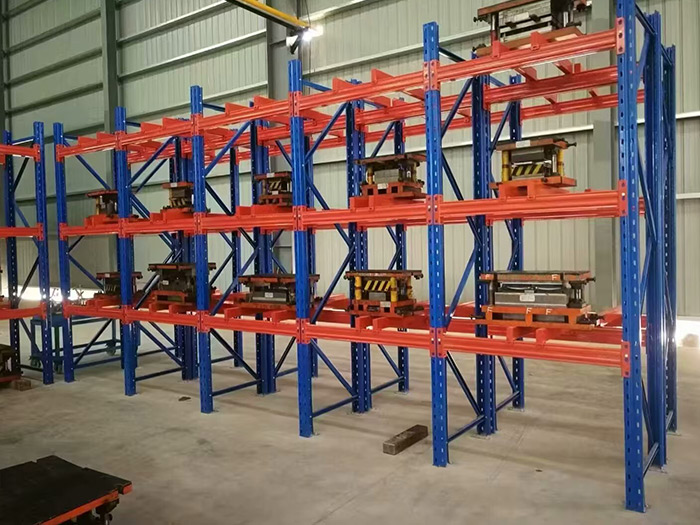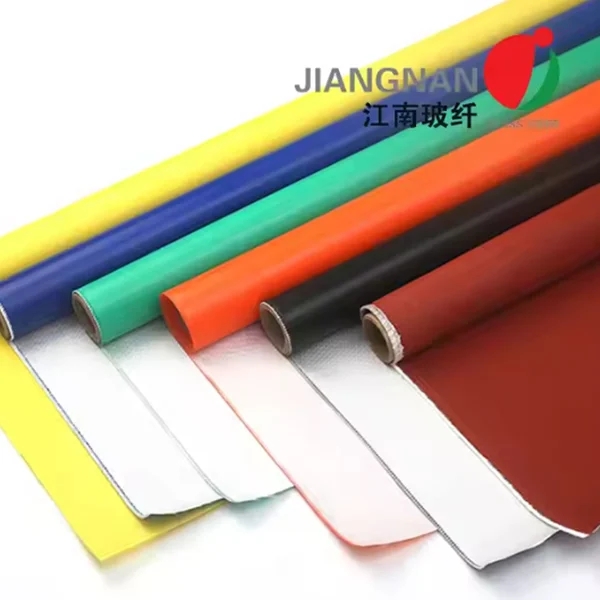Choosing the Right Plywood for Outdoor Use: A Comprehensive Guide
When it comes to outdoor construction and projects, selecting the right materials is crucial for ensuring durability, longevity, and overall performance. Among the various materials available, plywood stands out as a versatile choice. However, not all plywood is created equal, especially when it comes to withstanding the elements. In this article, we will explore what constitutes the best plywood for outdoor use, considering factors such as durability, moisture resistance, and environmental impact.
Understanding Plywood Types
Plywood is made by gluing together thin layers of wood veneer, known as plies. The orientation of the grain in each layer is crucial for the strength and stability of the final product. When selecting plywood for outdoor applications, it’s essential to understand the different types available:
- Exterior Plywood: This type is specifically designed for outdoor use. It is manufactured with waterproof glue and has a higher resistance to moisture and weather conditions. Common grades include CDX, which is suitable for sheathing and roofing.
- Marine Plywood: As the name suggests, marine plywood is designed for use in environments where it will be exposed to water. It is made from high-quality veneers and bonded with waterproof adhesive, making it ideal for boat building, docks, and other applications where water exposure is a concern.
- Pressure-Treated Plywood: This plywood is treated with chemical preservatives to resist rot, decay, and insect damage. It is often used in outdoor structures like decks and fences. However, it’s essential to ensure that the treatment is safe for the intended use, especially if it will come into contact with soil or water.
Key Factors to Consider
When determining the best plywood for outdoor use, several factors should be taken into account:
- Moisture Resistance
Moisture is the primary enemy of plywood used outdoors. Choosing plywood with high moisture resistance is critical. Marine plywood is the best option for areas with high humidity or direct water exposure. For less demanding applications, exterior plywood with waterproof glue can suffice.
- Durability and Strength
The durability of plywood is influenced by its grade and the type of wood used. Higher-grade plywood, such as A-grade, has fewer knots and defects, providing better strength and stability. For structural applications, consider using plywood with a thicker veneer and more plies, as this will enhance its load-bearing capacity.
- Environmental Impact
With increasing awareness of environmental issues, selecting plywood that is sustainably sourced is essential. Look for products certified by organizations like the Forest Stewardship Council (FSC), which ensures that the wood is harvested responsibly. Additionally, consider the type of adhesive used; formaldehyde-free options are available and are better for indoor air quality.
- Finish and Treatment
Applying a protective finish can significantly extend the life of plywood used outdoors. Sealants, paints, or stains can provide an additional layer of protection against moisture and UV damage. Regular maintenance, such as reapplying these finishes, is crucial for preserving the integrity of the plywood.
Recommended Plywood Options
Based on the factors discussed, here are some recommended plywood options for outdoor use:
- Marine Plywood: Best for applications exposed to water, such as docks and boats. It offers superior moisture resistance and durability.
- CDX Exterior Plywood: Ideal for general outdoor construction, including sheathing and roofing. It is cost-effective and provides decent moisture resistance.
- Pressure-Treated Plywood: Suitable for decks and outdoor furniture, this plywood is treated to resist rot and insect damage, making it a practical choice for ground contact applications.
Conclusion
Selecting the best plywood for outdoor use involves understanding the specific requirements of your project and the environmental conditions it will face. By considering factors such as moisture resistance, durability, environmental impact, and proper treatment, you can make an informed decision that ensures the longevity and performance of your outdoor structures. Whether you opt for marine plywood, exterior plywood, or pressure-treated options, investing in quality materials will pay off in the long run, providing you with a reliable foundation for your outdoor endeavors.


